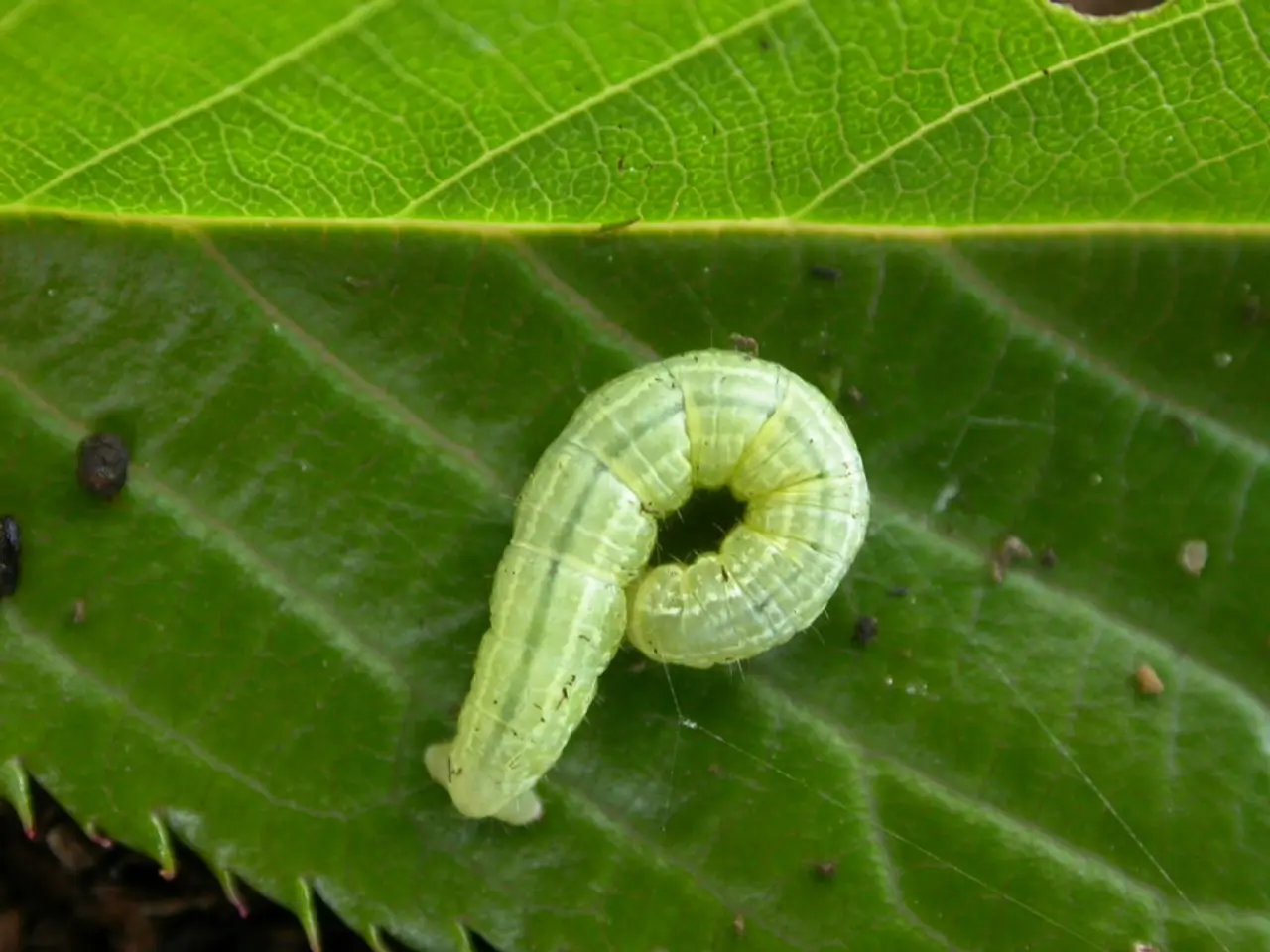Nutria Itch: Symptoms, Causes, and Remedies for the Condition
In the wetlands and marshes of certain regions, a lesser-known hazard lurks for individuals such as nutria trappers, fishers, hunters, and researchers. This hazard is known as Nutria Itch, a zoonotic skin infection caused by the parasite Strongyloides myopotami found in nutria waste.
Nutria Itch is an infectious disease that can be transmitted through contact with contaminated water or soil containing larvae. To prevent infection, it's crucial to avoid contact with nutria feces or contaminated environments. Protective clothing such as gloves and boots can reduce the risk when handling nutrias or working in areas inhabited by them.
Preventing larval skin penetration is also essential. This can be achieved by keeping skin covered and avoiding direct contact with potentially contaminated water or mud.
If a person does contract Nutria Itch, treatment generally involves antiparasitic medications. While Strongyloides myopotami specifically is less commonly discussed, treatment for similar Strongyloides infections typically includes ivermectin or albendazole, prescribed by a healthcare professional.
Symptomatic care is also important. Keeping the infected skin clean and ventilated can help prevent secondary bacterial infections. Topical treatments such as hydrocortisone creams can relieve mild symptoms, while soothing home remedies like cool compresses, Epsom salts baths, colloidal oatmeal baths, or baking soda paste can provide additional relief from itching and inflammation.
Due to the rarity and specificity of Nutria Itch, authoritative sources on Strongyloides myopotami infections are limited online. For detailed treatment protocols, one can look for academic articles or veterinary parasitology resources. Consulting infectious disease or dermatology experts is recommended for precise diagnosis and therapy.
In summary, to prevent Nutria Itch, a person should wear high boots or waders, prevent water from entering their boots, avoid getting clothing wet, avoid swimming or wading in known problem areas, and shower or towel dry immediately after leaving the water. If one does contract Nutria Itch, seeking medical attention and following the prescribed treatment plan is essential.
[1] General skin infection prevention emphasizes good hygiene, skin ventilation, and avoiding irritants. For zoonotic parasitic infections like Nutria Itch, specialized medical advice is crucial.
[1] To prevent infection from other skin disorders or health-and-wellness issues, maintaining good hygiene, ensuring skin ventilation, and avoiding skin irritants is important. However, for zoonotic parasitic infections like Nutria Itch, seeking specialized medical advice, such as from dermatologists or infectious disease experts, is crucial.
[2] While general skin care practices can help manage mild skin conditions, specific medical-conditions like Nutria Itch require specialized treatment, often involving antiparasitic medications like ivermectin or albendazole.
[3] In addition to treating the parasitic infection, symptomatic care for Nutria Itch may include keeping the affected skin clean, using topical creams like hydrocortisone, and soothing home remedies like cool compresses or colloidal oatmeal baths.
[4] As information about less common medical-conditions like Nutria Itch may be limited online, it's recommended to consult academic articles or veterinary parasitology resources for detailed treatment protocols, or seek advice from infectious disease or dermatology experts for precise diagnosis and therapy.




